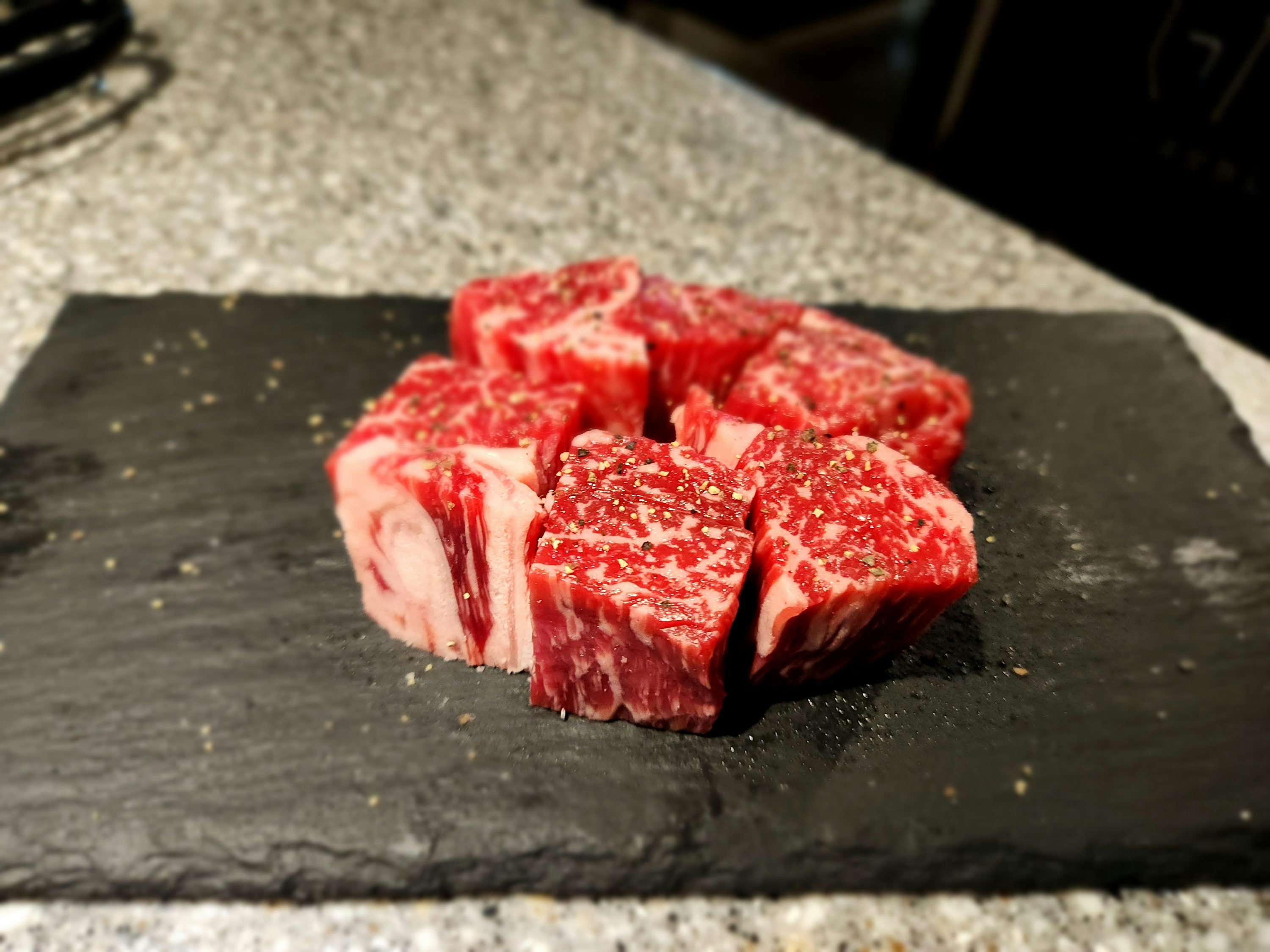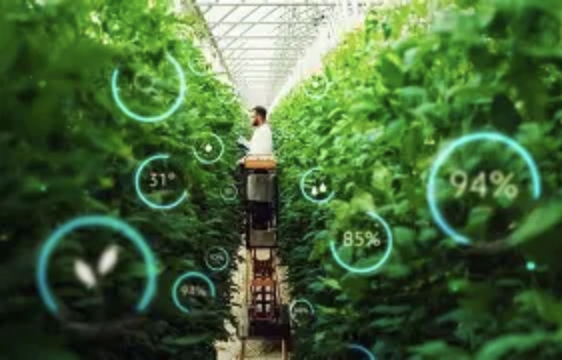In the wave of pursuing healthy diet, a new type of food has quietly entered the public's vision-technological meat. It is neither a meat produced by traditional animal husbandry nor a simple vegetarian alternative, but a "meat of the future" cultivated with cutting-edge technology.

When you walk into a trendy restaurant, the "technology-cultivated steak" on the menu may make you shine. This is not an ordinary steak, it is a technological achievement from the laboratory to the dining table. The production of technological meat begins with the extraction and culture of cells. Researchers carefully select high-quality animal cells and place them in special culture medium. This culture medium is like a "nutritional express line" for cells, rich in nutrients required for various cells to grow, and simulates the most suitable environment for cells to reproduce and prosper. In the advanced bioreactor, the cells embarked on a wonderful "growth journey" that gathered little by little into the form of meat we are familiar with. From microscopic cells to edible pieces of meat, this process is like building a magnificent "meat castle" in the microscopic world. Every inch of "bricks" contains the power of technology and the pursuit of healthy diet.

The emergence of tech meat provides a new option for healthy diets. During the production process, it can accurately control the fat content, reduce saturated fatty acids, and increase the proportion of unsaturated fatty acids. This is undoubtedly good news for those who want to control their weight and prevent cardiovascular disease. At the same time, it can avoid possible antibiotic residues, hormones and other problems in traditional meat production, which often make consumers worry when enjoying the delicious food. Moreover, from an environmental perspective, traditional animal husbandry will generate a large amount of greenhouse gases and consume a large amount of water and land resources. The production model of tech meat is relatively environmentally friendly. It can effectively reduce carbon emissions, reduce the burden on the environment, and make food no longer contradictory to green life.
However, tech meat is not undisputed. Some question whether its taste can be comparable to traditional meat, while others worry about whether there are unknown health risks for long-term consumption. But judging from the current development trend, scientists are constantly working hard to optimize the taste and texture of scientific and technological meat. By adjusting the cultivation conditions and adding natural seasoning ingredients, scientific and technological meat can retain its health advantages while meeting people's expectations for delicious food. With the deepening of research and the improvement of technology, I believe these doubts will gradually dissipate.

Technology meat is like a "new star" in the field of healthy eating, emitting a unique light. It carries people's longing for future food and also shoulders the mission of helping a healthy life. Perhaps in the near future, when we look back on the process of dietary change, technological meat will be a brilliant stroke. It is quietly changing our understanding of "meat" and leading a healthy revolution on the tip of the tongue.



